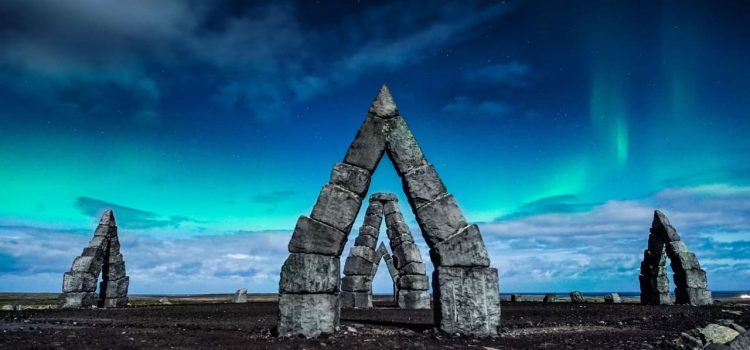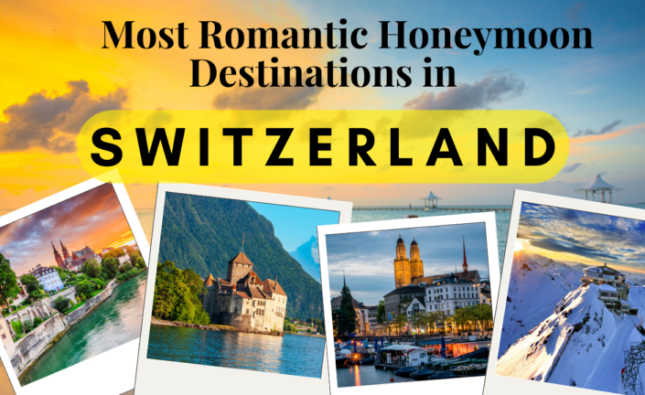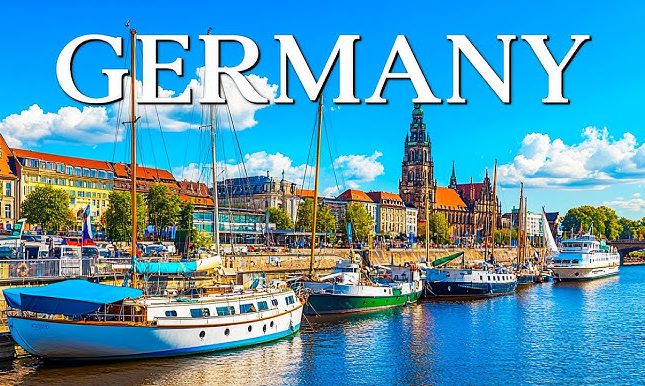
Welcome to the Arctic Odyssey: a journey that takes you deep into the heart of Iceland’s glacial realm, where nature’s raw power and breathtaking beauty converge. In this article, we’ll delve into the mysteries of Iceland’s glaciers, exploring their formation, significance, and the unparalleled experiences they offer to intrepid adventurers. Guide from the shimmering ice caves to the thunderous waterfalls, each corner of Iceland’s glacial landscape tells a story of ancient ice and dynamic forces. Let’s embark on this Arctic Odyssey together and unveil the wonders that await in Iceland’s glacial realm.
Mysteries of Iceland’s Glacial Realm
Standing as a colossal guardian of Iceland’s wilderness, Vatnajökull Glacier reigns supreme as Europe’s largest glacier. Encompassing an area of over 8,000 square kilometers, this icy titan holds within its frozen embrace a world of wonders. From towering icefalls to mesmerizing ice caves, Vatnajökull invites explorers to witness the sublime beauty of Iceland’s glacial landscapes.
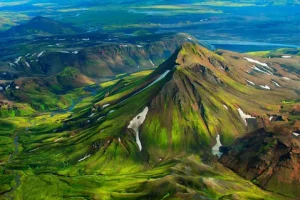
Exploring the Ice Caves
Venturing beneath the surface of Vatnajökull reveals a hidden realm of crystalline beauty. Ice caves, sculpted by nature’s meticulous hand, offer a surreal journey into the heart of the glacier. As sunlight filters through the translucent ice, the caves come alive with an ethereal glow, casting shimmering reflections that dance across the walls. Explorers marvel at the intricate ice formations, from delicate icicles to sweeping arches, each one a testament to the timeless artistry of nature.
The Dynamic Forces of Glacial Rivers
Flowing from the icy heights of Vatnajökull, glacial rivers carve their path through Iceland’s rugged terrain, shaping the landscape with their relentless force. Witnessing these mighty torrents in action is a spectacle to behold, as cascading waterfalls plunge into churning rapids below. The sheer power of glacial rivers serves as a reminder of nature’s unstoppable energy, sculpting the land and leaving behind a legacy written in stone.
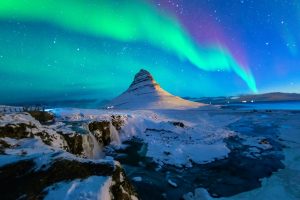
How cold does Iceland get?
Iceland’s climate varies depending on the season and location, but temperatures can range from mild to subzero. During the winter months, temperatures often hover around freezing, while summers are relatively cool with temperatures averaging around 10 to 15 degrees Celsius.
Are there any safety precautions for exploring Iceland’s glaciers?
exploring Iceland’s glaciers can be hazardous, and it’s essential to take proper safety precautions. Always travel with a knowledgeable guide, wear appropriate clothing and footwear, and heed any warnings or advisories issued by local authorities.
Can you see the Northern Lights all year round in Iceland?
The best time to see the Northern Lights in Iceland is during the winter months when the nights are long and dark. However, they can be visible as early as September and as late as April, depending on solar activity and weather conditions.
How are ice caves formed in Iceland?
? Ice caves in Iceland are formed by the melting and refreezing of glacial ice, which creates intricate networks of tunnels and chambers. They are typically accessible during the winter months when the ice is stable and safe to explore.
What wildlife can you expect to see in Iceland?
Iceland is home to a variety of Arctic wildlife, including puffins, seals, whales, reindeer, and Arctic foxes. These animals can be found in various habitats across the island, from coastal cliffs to remote wilderness areas.
How can I contribute to conservation efforts in Iceland?
There are several ways to support conservation efforts in Iceland, such as volunteering with local organizations, participating in clean-up initiatives, and practicing responsible tourism. Additionally, choosing eco-friendly accommodations and minimizing your environmental impact can help preserve Iceland’s natural heritage for future generations.
Conclusion
In conclusion, Iceland’s frozen landscapes hold a wealth of secrets waiting to be discovered by intrepid adventurers. From glacial caverns to ice caves and geothermal wonders, the chilling beauty of Iceland’s frozen surface is a testament to the power and majesty of nature. By exploring responsibly and supporting conservation efforts, we can ensure that Iceland’s natural heritage remains intact for generations to come.








